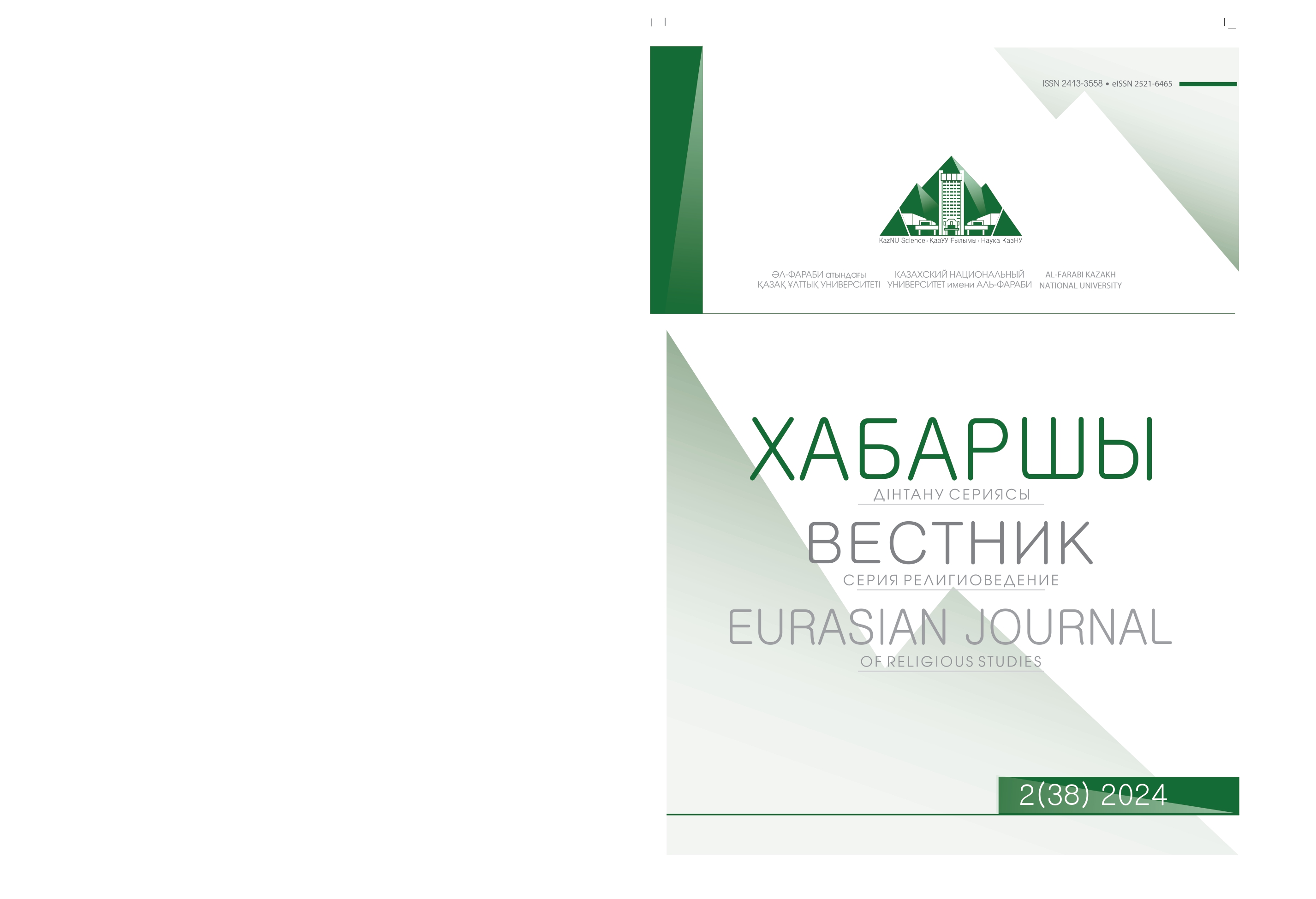Space and time as representations of mytho-religious consciousness
DOI:
https://doi.org/10.26577//EJRS.2024.v38.i2.r9Abstract
After the collapse of the USSR, the worldview guidelines of a person in the post-Soviet era lost their values. Man was forced to rethink his ideological guidelines and spiritual values. What a person believed in has become worthless. Man again faced the question of establishing new ideological guidelines and spiritual values. Thus, the questions became actual – what is sacred and sacred in human existence, where are their sources. Where is the guarantee that after a certain time they will not depreciate? Consequently, issues of myth making are still relevant today. In this article, the authors have set themselves the following goal – to analyze the influence of mythological and religious worldview universals on the existence of modern man. Depending on this, a person determines his role and place in the world. The influence of these universals not only determine a person’s place in the world, but also give a visual picture of the world, that is, its time and space of existence. The scientific and practical significance of this study is due to the fact that post-Soviet people, having “freed themselves” from some ideals blindly, did not believe other false ideals. Without spiritual guidelines and worldviews, a person wanders in the labyrinths of freedom. An example of this is such negative phenomena of our time as terrorism and religious extremism.
Keywors: myth, religious consciousness, mythological time, sacred time, social space.




